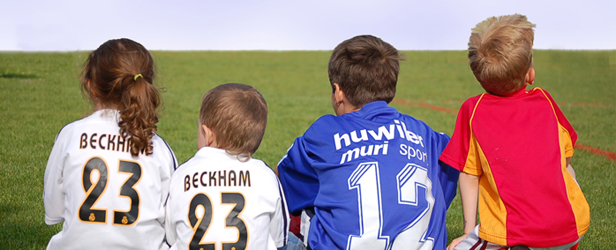
The term “children with special needs” implies that there are unique needs inherent in a child’s development and/or functioning over that of a typical child. These children require individualized and specialized services that encompass different settings and disciplines. For instance, these include: special education, occupational therapy, physical therapy, speech/language services, adaptive PE, psychosocial rehabilitation, developmental therapy, social skills instruction, and so on. These services can occur in the school setting as well as through private service providers.
As a special education professional and expert, I am guarded when I support or encourage private services for individuals with special needs. During the Medicaid boom, many private agencies opened or expanded the services they offer. Unfortunately, those services were not always compatible with quality or with being effective. By all appearances, the primary motivation of some of these agencies was a quick profit. Increasing service availability to individuals with disabilities is admirable and desperately needed; however, they must be based in best practices and sound knowledge—not based on the lure of an empty promise.
Parents of children with disabilities are faced with many issues. These issues range from typical parenting issues and concerns to how to meet their child’s unique needs. They must work through the difficulty of navigating through the special education process, securing and funding private services, and striving towards meaningful gains for their children that will equate into some level of independence later on down the road. For those reasons alone, any service out there specifically designed for children with disabilities MUST be one of high quality and effectivness. Parents' and children’s hopes and expectations lie in the promise and hope of improvement.
Providing fitness classes and activities to children with special needs is sorely needed. As a special education expert, I have concerns regarding a new magical class or program for such and such type of child. Like most meathead supporters of elitefts™, I am skeptical of local fitness facilities and the quality of services and knowledge provided to their average member. The thought of local fitness facilities adopting a quick and profitable “boot camp” or similar programming for children with special needs concerns me even more. On the flip side, when these types of programs are implemented and are based on research and current best practices, the results are astounding.
Training individuals with disabilities is not something you can decide to do and implement without planning and expertise. Undertaking a project such as this becomes a moral responsibility. The consequences from failing are too great (with my main concern being the child and his/her parents).
In order to execute a training program for children with disabilities, there are some main points that need to be considered beyond the typical training and programming knowledge for appropriate fitness or strength and conditioning programming.
- Become an expert: Become an expert in the different types of disabilities of your potential clients. Know the needs, traits, characteristics, and challenges associated with Autism, Asperger’s, Down Syndrome, or the many other disabilities that aren’t as well known or do not gain great attention. This knowledge will drive your programming, knowledge, and relationships with potential clients and their families.
- Become part of a system of care: Get comprehensive information stemming from current evaluations, psychologist reports, IEPS, medical information, or whatever plan is in place by each service provider for that child. Your services need to be part of a comprehensive and coordinated plan for the child with each member clearly understanding his/her role. Oftentimes, classes or programming being provided in a fitness class can overlap with what the occupational therapist is doing, and it is important that one service is not unintentionally working against an overall goal of another service. Or perhaps those goals were already achieved and the time and cost associated with your programming is not cost effective for the parents who are trying to fund the services. Understand and find a way for your services to tie into the long-term development and programming for the child, even if it is working on a social emotional goal rather than a musculature issue.
- Understand the basics: One main concept you should understand and integrate into any programming you provide is proprioception. Knowledge and understanding of this concept and how it interplays and manifests itself with different disabilities is essential to quality programming.
- Expand your knowledge of language issues: Many children with disabilities have significant language issues. Don’t confuse language issues with speech impairments. Expressive and receptive language difficulties are at the heart of many disabilities. At the core of a child’s experience in a specialized training program will be language. All interactions and participation will be hinged on your ability to understand, relate, and communicate to the child you are working with.
Children with disabilities and their loved ones are in need of quality services and programming. If you’re considering creating or opening a fitness class targeted towards children with any type of disability, your knowledge has to go well beyond understanding basic concepts of programming and training for a typical client. Please do not hesitate to use me as a resource and link to help provide you with access to best practices for children with disabilities and reputable resources and support.
Visit Amy's Training Facility at www.edgemeridian.com








